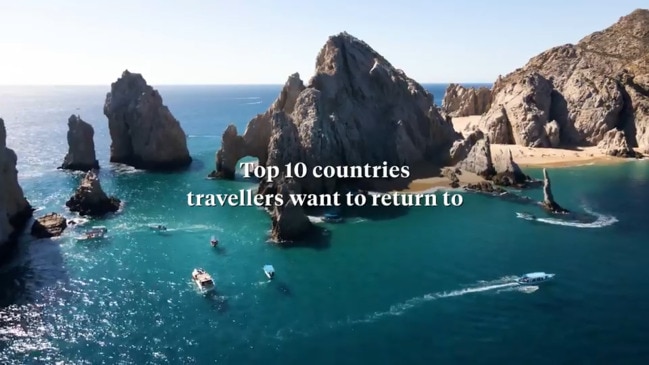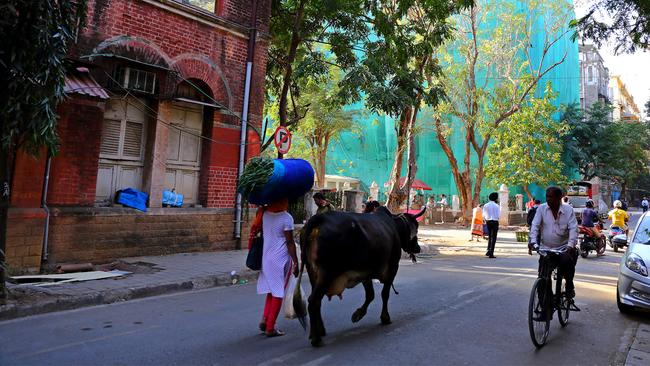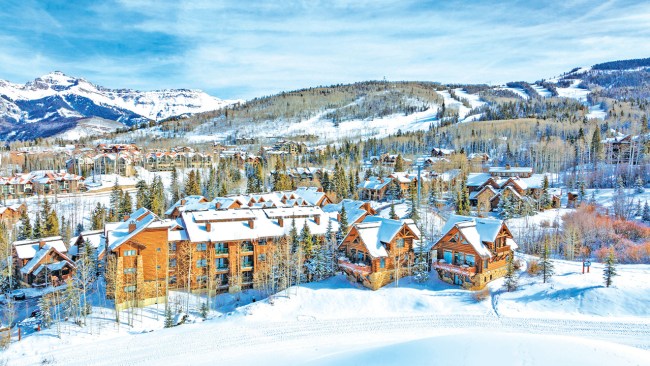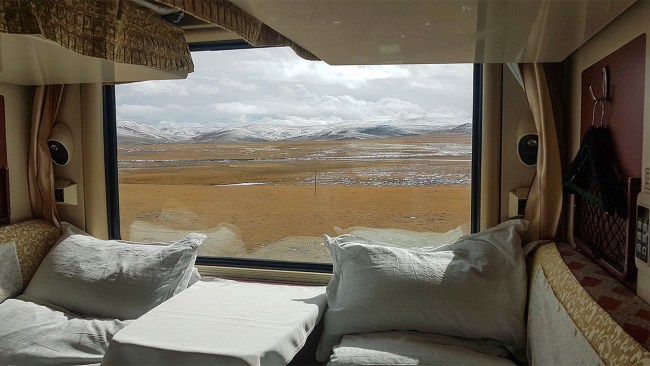I had an 11 hour stopover in Mumbai and ticked off all the highlights
What's even more hair-raising than venturing out in traffic in one of the world's worst cities for driving? Attempting to experience all the city's highlights within just 11 hours.

Lifestyle
Don't miss out on the headlines from Lifestyle. Followed categories will be added to My News.
If you thought the Running of the Bulls in Pamplona was scary, then you should try the morning commute in Mumbai. In a car it’s chaotic. In an auto rickshaw it is bum-clenchingly frightening. Mumbai’s population is somewhere around 21,673,000 – it’s rising so quickly, though, it’s hard to keep count. At 8am on this Wednesday, I’m convinced that most of the city is on the road with me.
In 2019, Mumbai was rated as the world’s worst city for driving. It doesn’t take long to see why. I’m travelling 12km from my airport hotel to Ram Ashraya, the city’s go-to spot for breakfast. I’ve been told to allow at least two hours for the journey. I only have 11 hours in Mumbai so it’s going to be a busy stopover.
Just to make things interesting I’ve decided to ride in an auto rickshaw – a green and gold, three-wheeled, cheap and economical Indian mode of transport. I sit in the middle of the back seat behind the driver. It seems like the safest spot, and it stops the rickshaw from lurching this way and that under my considerable weight.

Mumbai’s infrastructure has not kept pace with its huge increase in traffic levels and the city has failed to invest in alternative modes of transport, so expect any travel by vehicle to be long and arduous.
In the burning Indian morning sun, we quickly leave the wide road from my five-star hotel and join the morning rush on one of the city’s many congested main roads. The road has three lanes, but staying within them is clearly optional and at one stage we’re hurtling five or six abreast down the road.
I look across to another auto rickshaw and a well-dressed woman in a brightly coloured sari is vomiting out the side window. She continues for what seems like a kilometre. I’m not sure if I’m more worried about her dehydrating in the heat, or being decapitated by a passing truck.

The rickshaw is smaller than the cars and trucks who bully their way towards us, almost willing themselves into spaces that don’t exist. Horns honk incessantly. The driver needs to be on alert, because it appears that there are unexpected obstacles at every turn.
In the midst of the chaos, we pass a cow tethered to a post. The cars seamlessly weave around the sacred bovine. A family of four – dad, mum and two kids – glide through the traffic on a motorcycle, school bags hanging off the side, with not a care in the world, and people make their way down the sides of the roads on foot, cars swooshing past within centimetres of them.

The air is thick with the exhaust fumes, infused with traditional Indian spices, and the vista is confusing. Modern, architecturally designed buildings climb skywards from the rubble of crumbling homes and makeshift tips. Massive billboards advertise phone deals featuring the beaming smiles of Bollywood stars and Indian cricketers, including the city’s favourite son, Sachin Tendulkar. It’s a strange marriage between first-world bling and third-world poverty.
But it all happens without any major crashes on this day, and I reach Ram Ashraya 15 minutes ahead of schedule. Job well done. My rickshaw ride costs me around $10 – about twice as much as my breakfast. Ram Ashraya is famous for its podi upma, a popular South Indian breakfast made from semolina, and it provides the perfect start to the day. The filter coffee is also as good as it gets in Mumbai.
The rest of the day is a rush to see as much as I can. Next stop is the monumental Gateway of India, overlooking the Arabian Sea, which was built to celebrate King George V and Queen Mary in 1911, when the city was called Bombay.

Mumbai is home to all things Bollywood and there are many studio tours on offer where you can see all the behind-the-scenes action. If you’re lucky, you might even end up as an extra. I booked a Bollywood Tours half-day Mumbai city tour that started at the Gateway of India. The tour, just under four hours, cost $150 and took me to the historic Victoria Terminus station, Marine Drive ocean promenade, Chowpatty Beach, Gandhi’s Mani Bhavan home, the high-end residential area of Malabar Hill and the Dhobi Ghat open-air laundry.
My day ends at the Colaba Causeway Market for a little retail therapy. There’s truly something for everyone. On the outside, myriad stalls sell handwoven shawls, second-hand books and handcrafted shoes. Behind these stalls you’ll find designer bags, jewellery and branded high-end fashion clothes. Luckily, I’d left plenty of room in my suitcase, so I could take advantage of the many bargains.
Singapore Airlines flies daily to Mumbai, with a stopover in Singapore. The author stayed at The Lalit Mumbai, a five-star hotel within five minutes of the international airport.
More Coverage
Originally published as I had an 11 hour stopover in Mumbai and ticked off all the highlights




